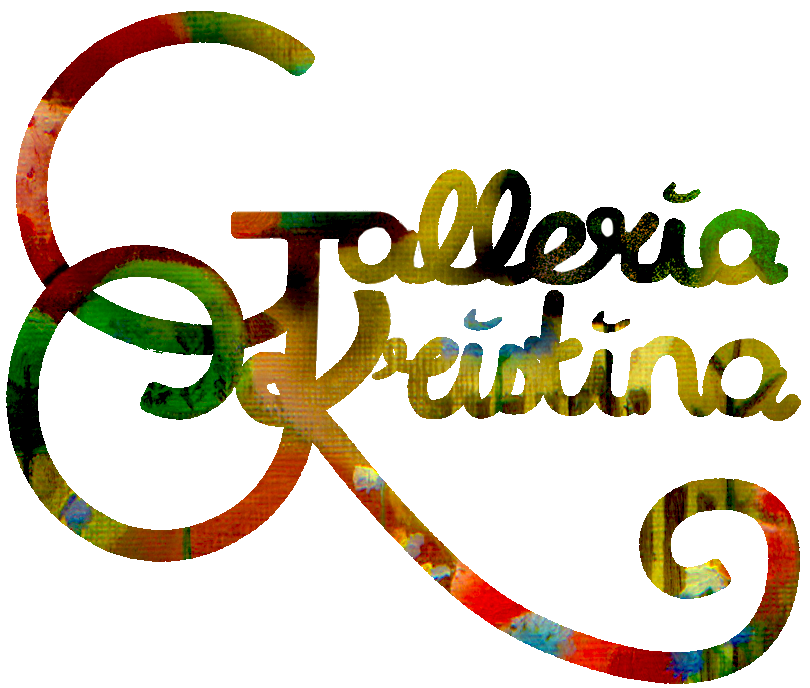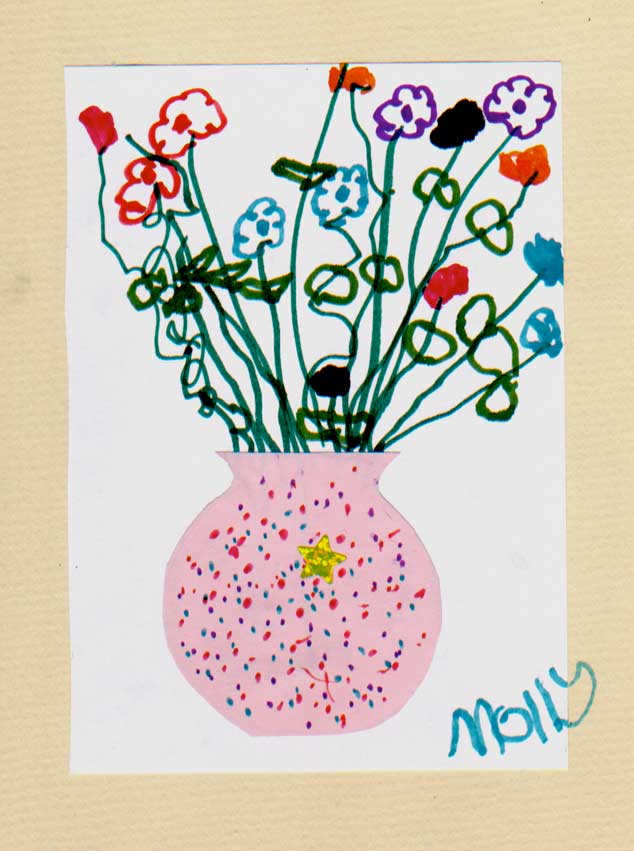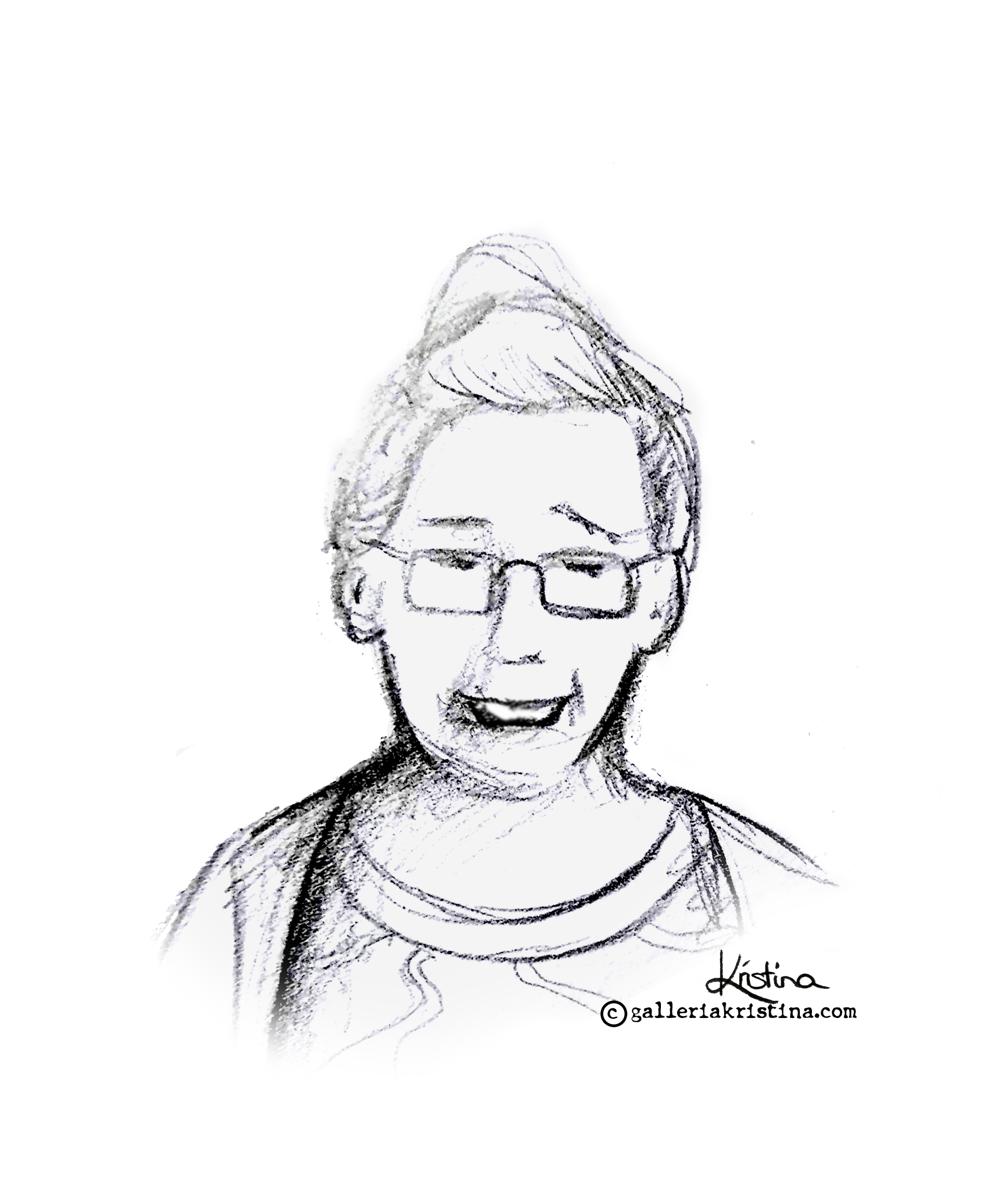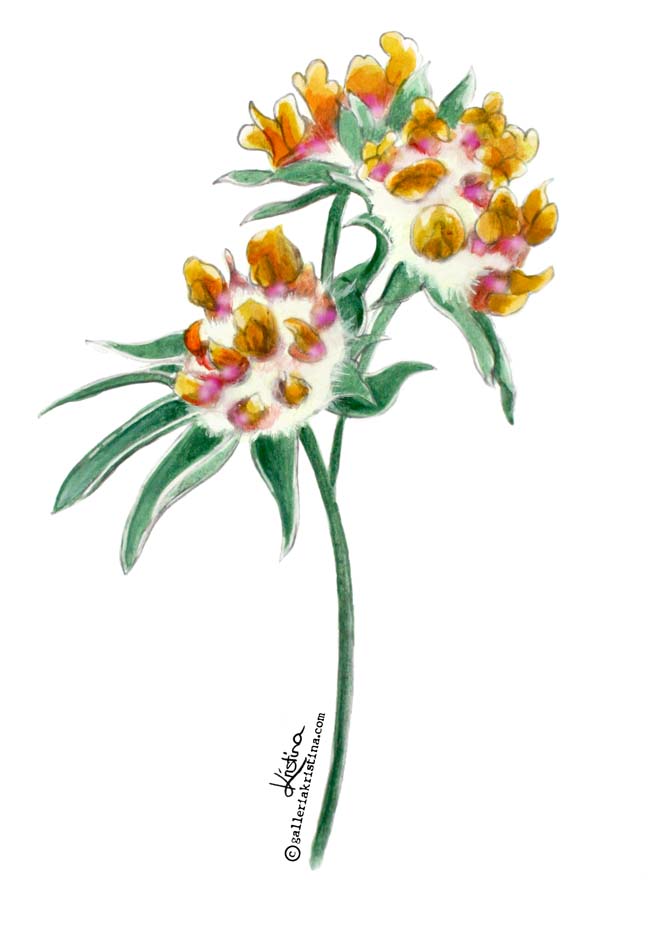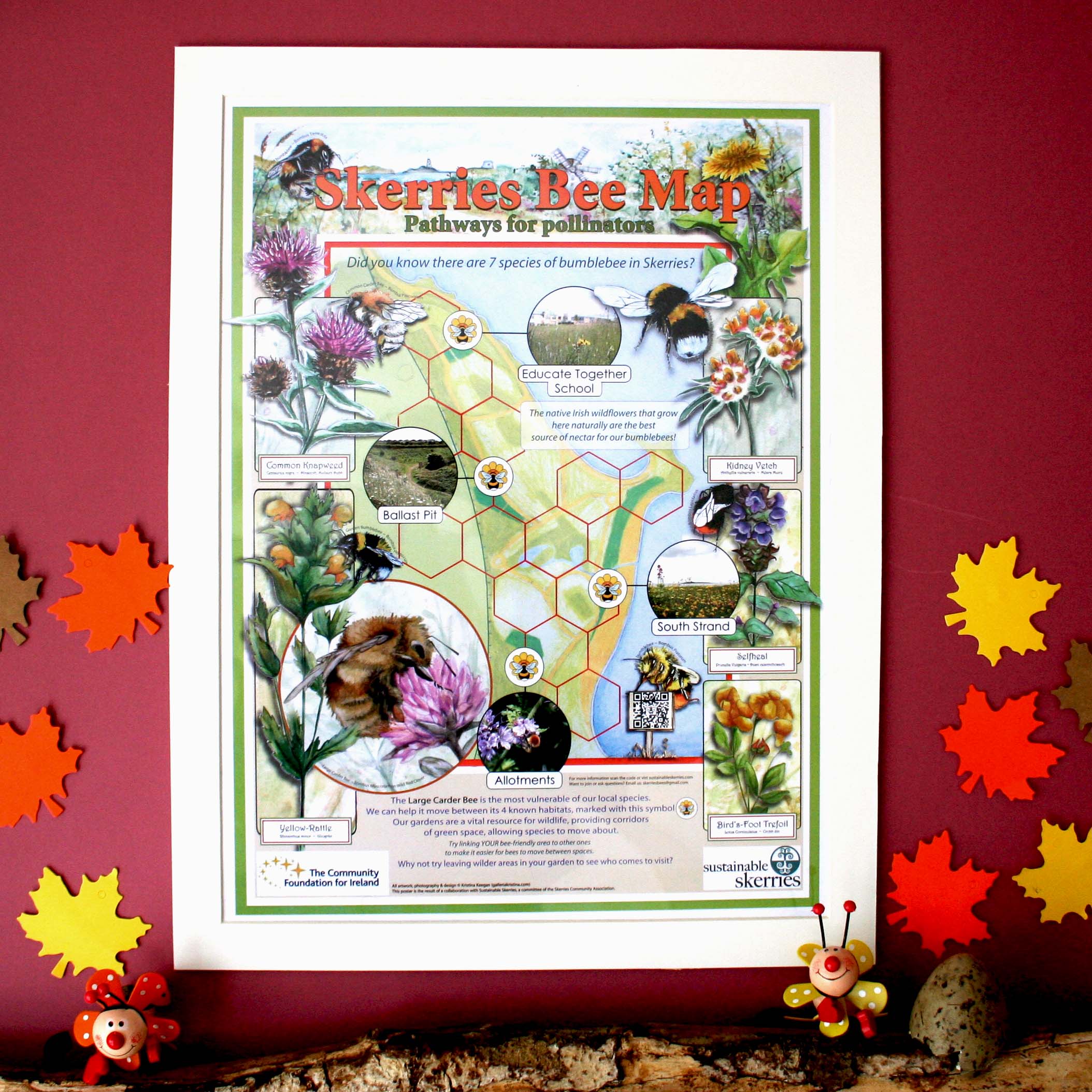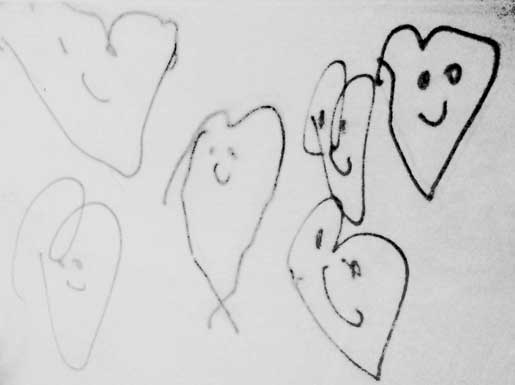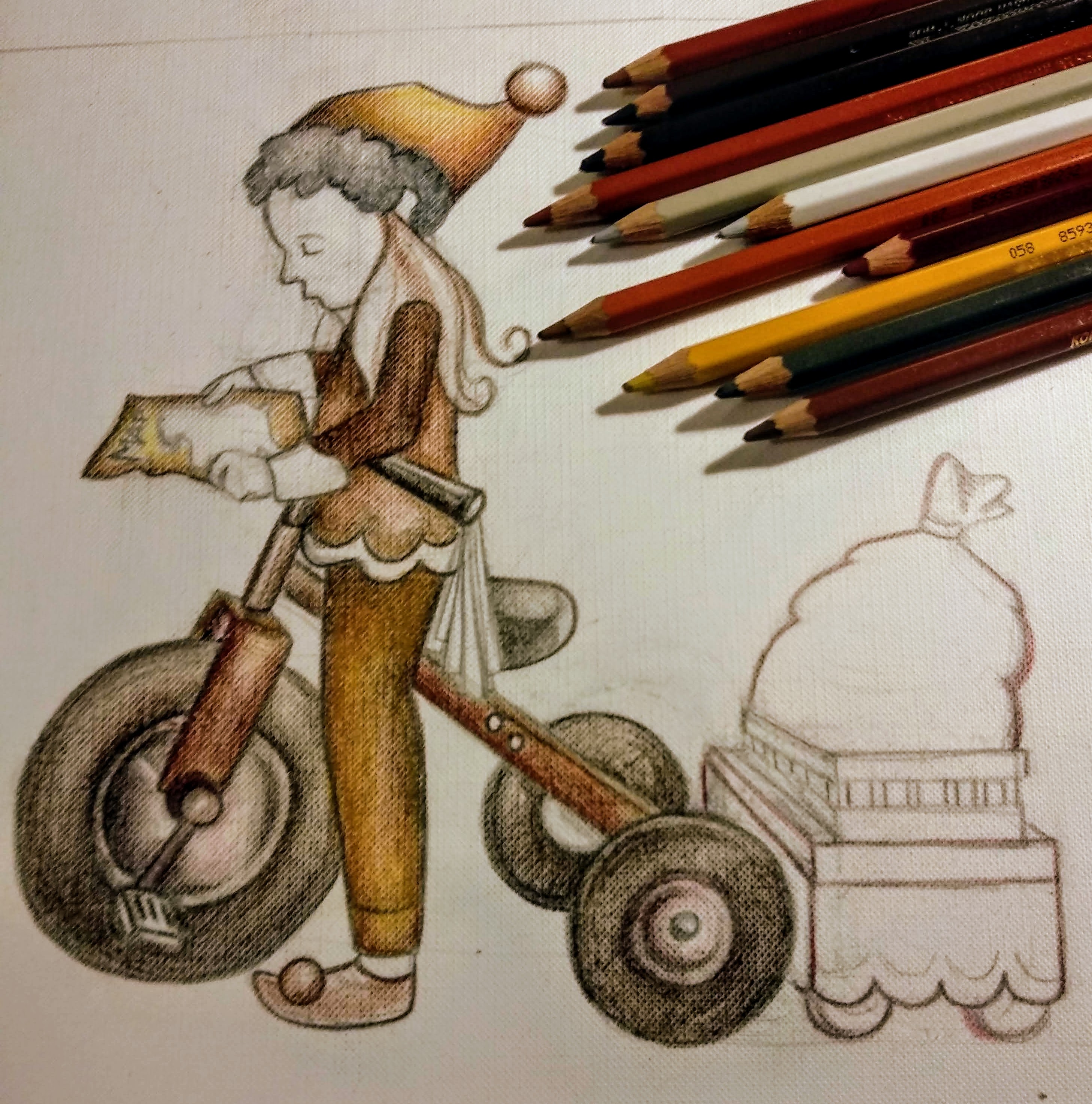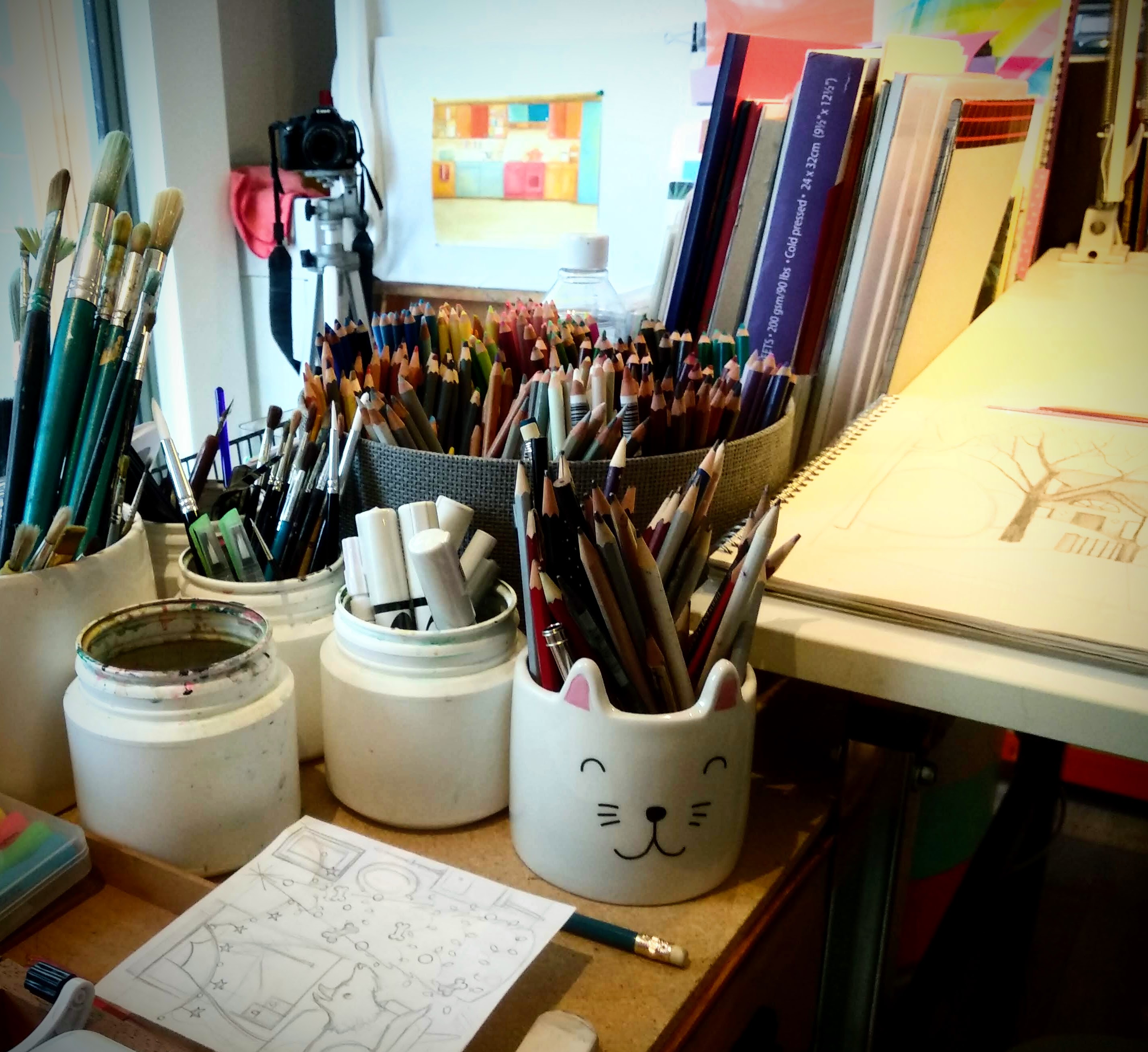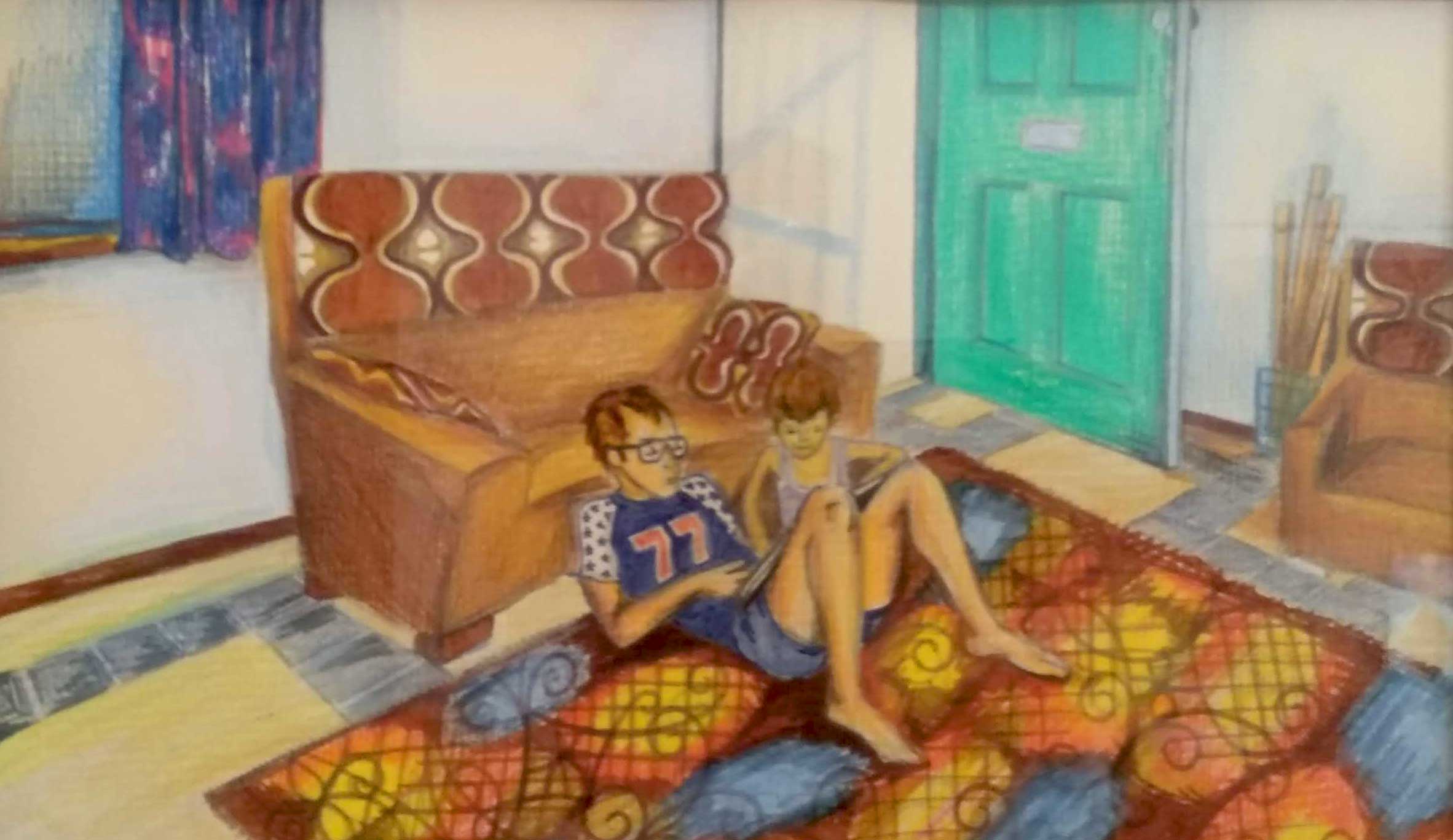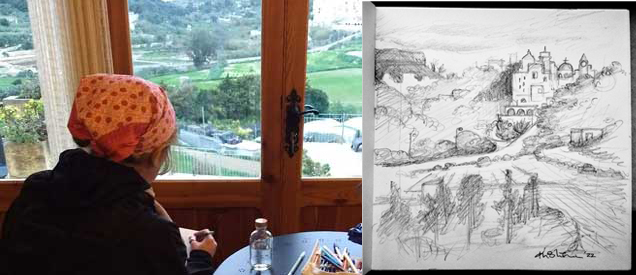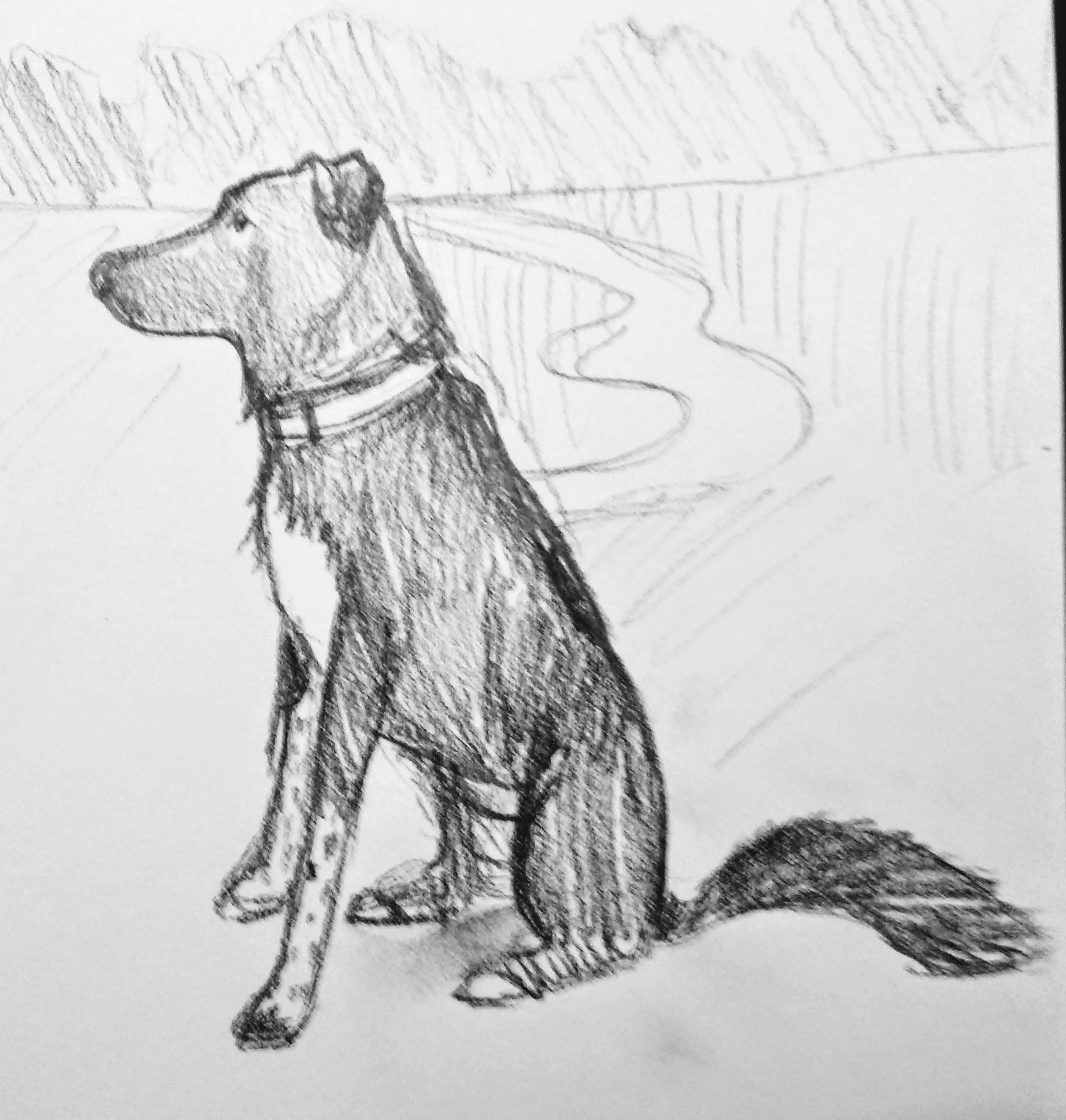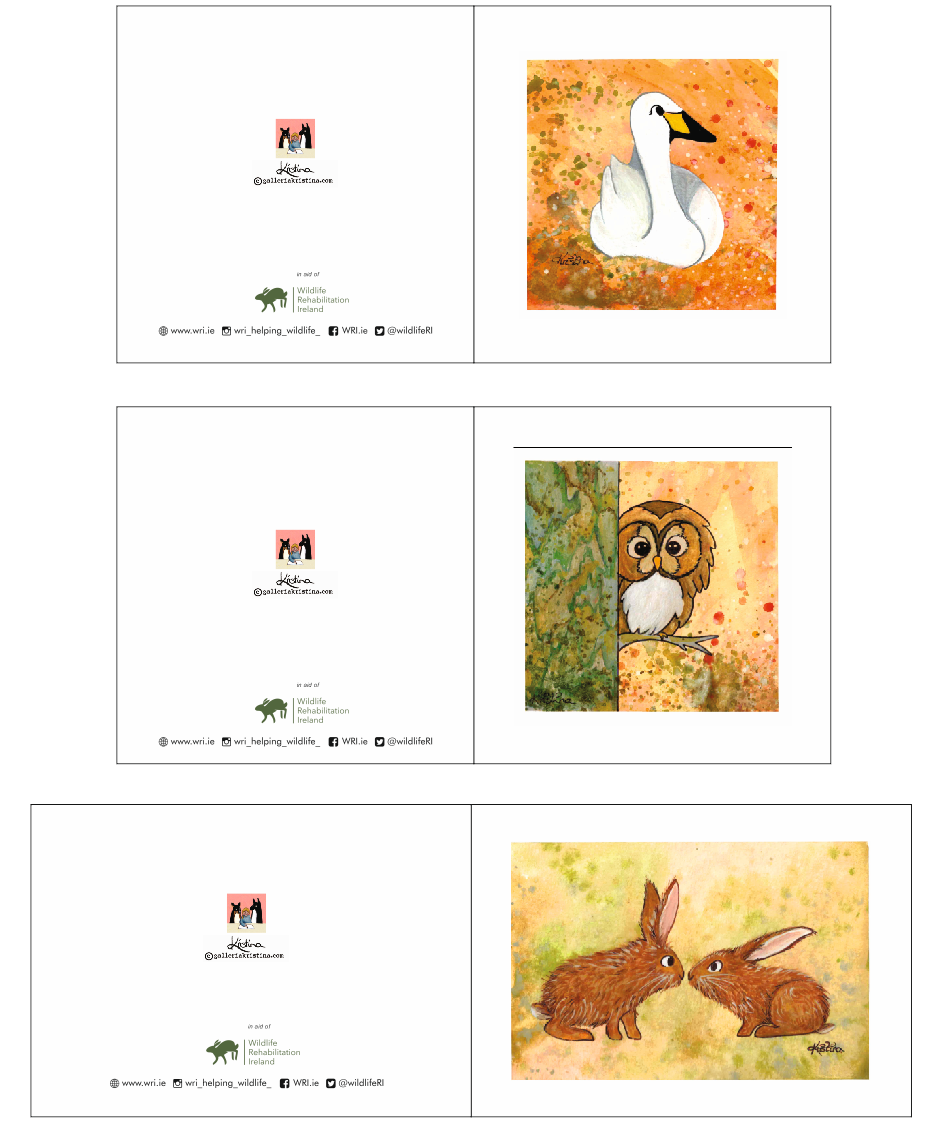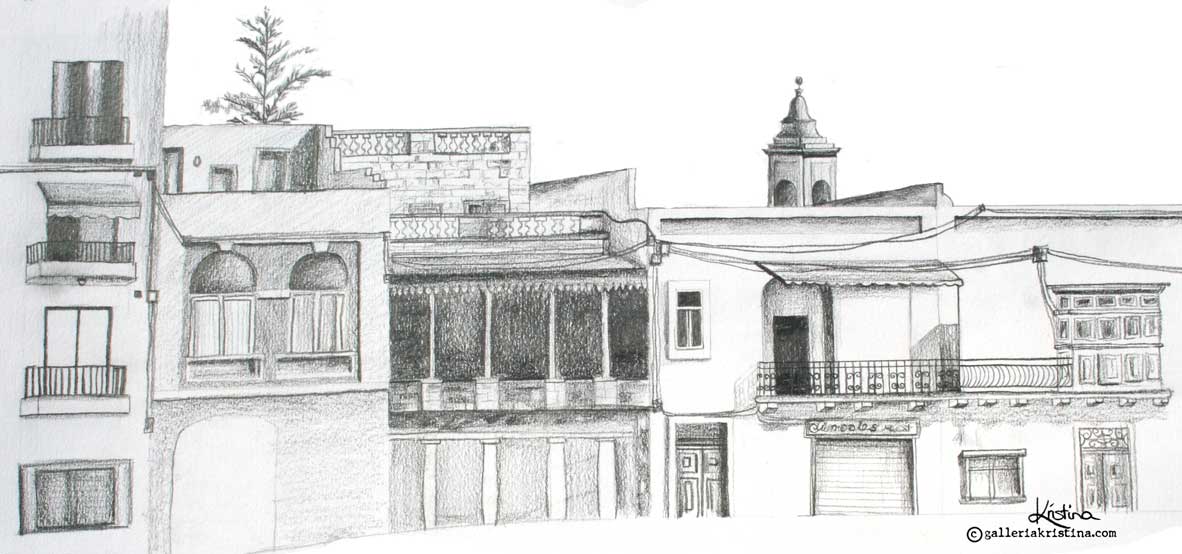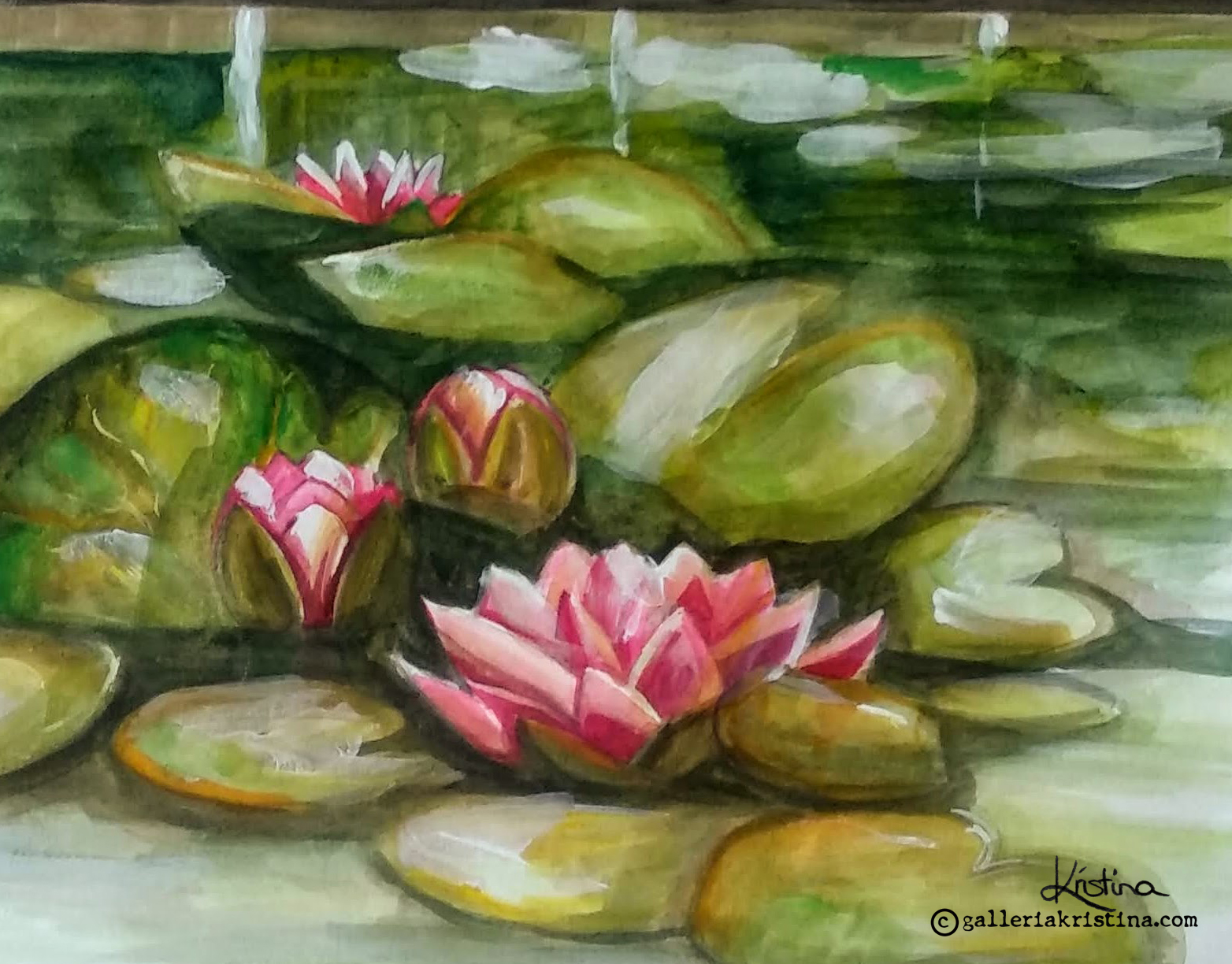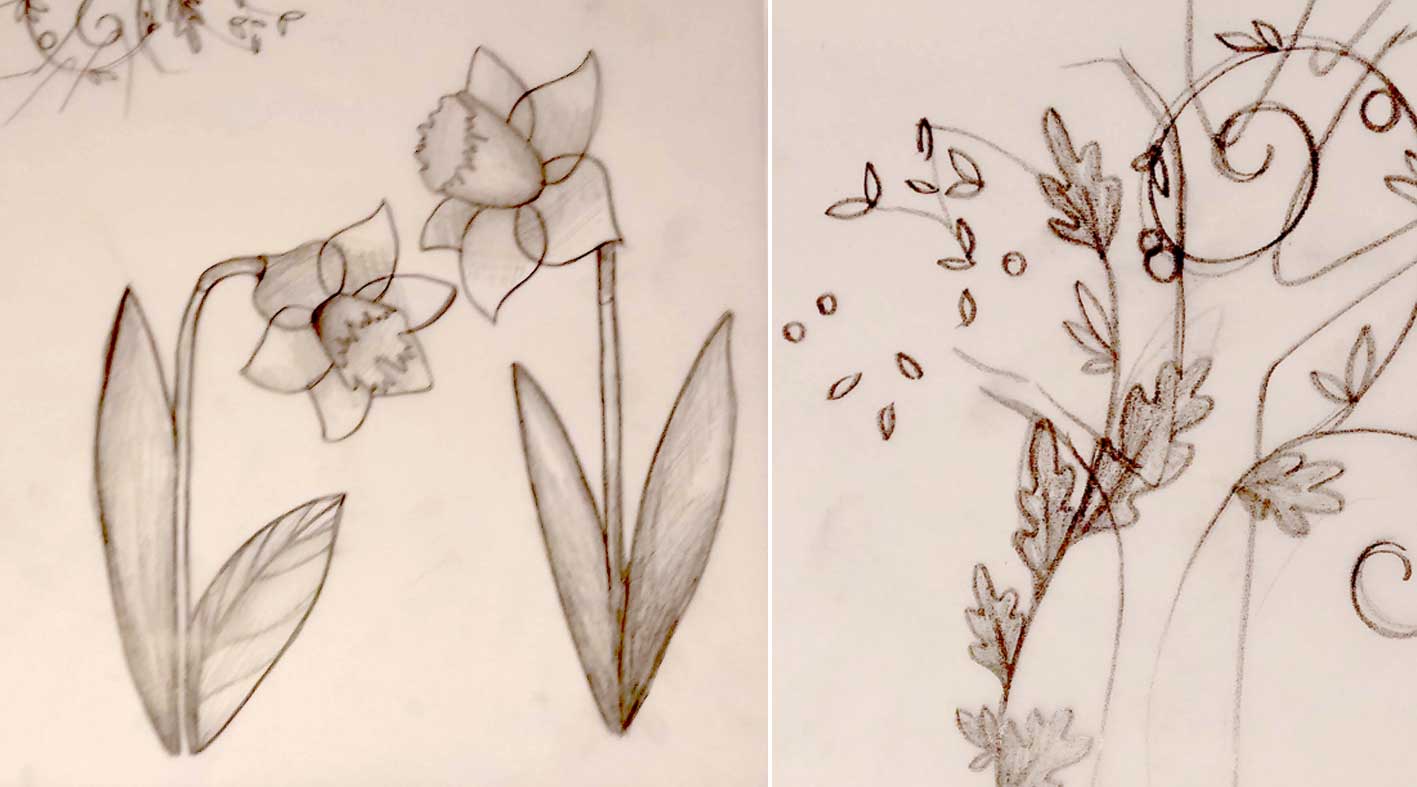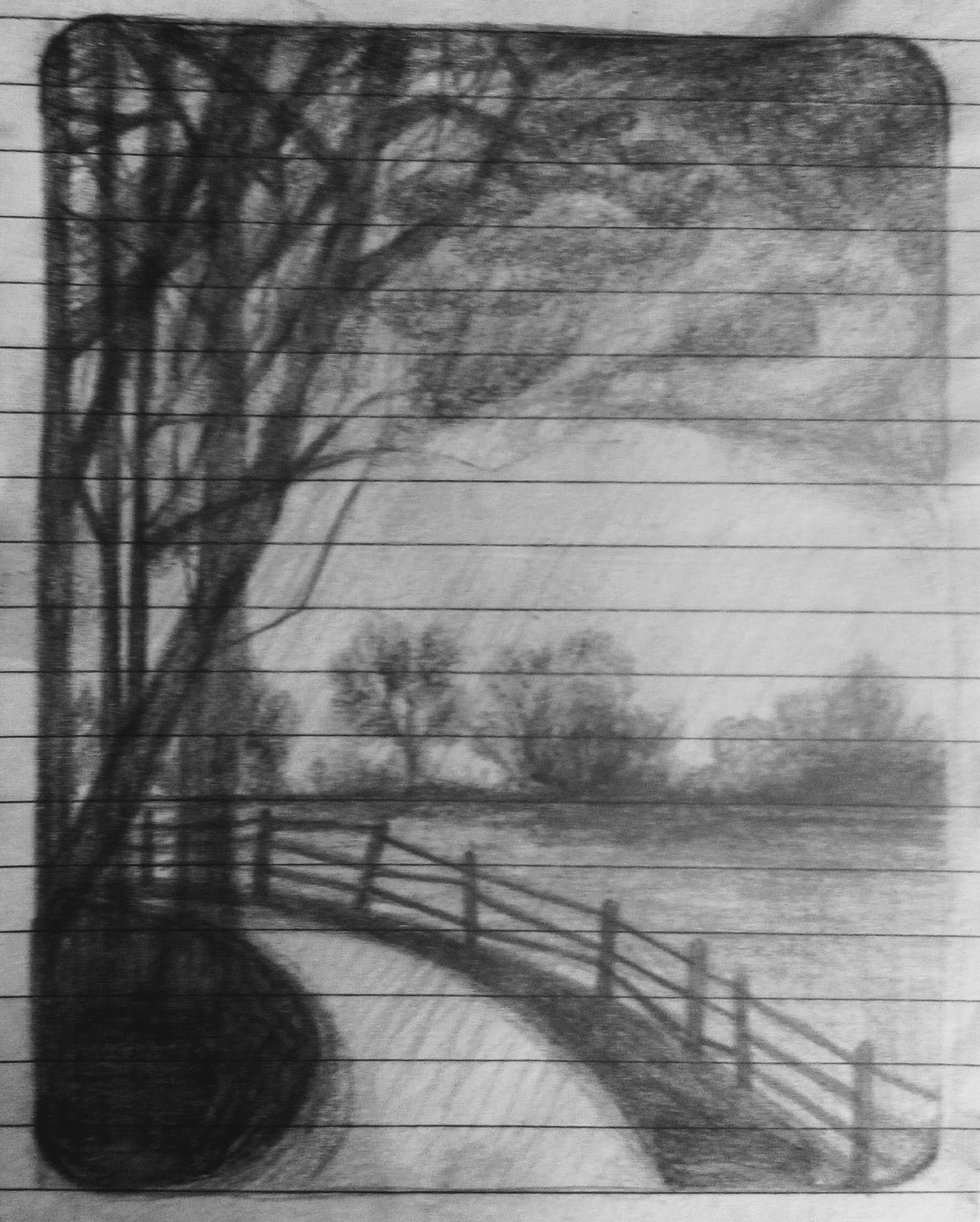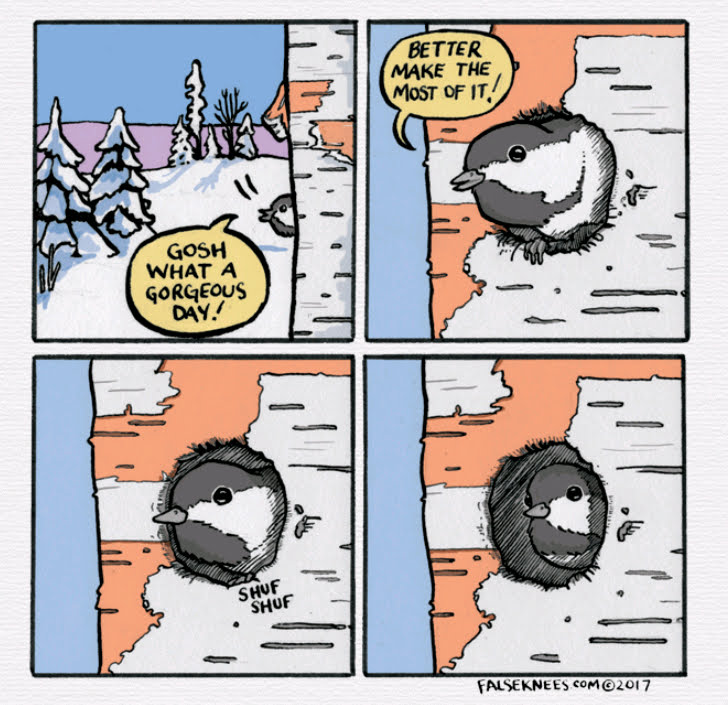
What makes you laugh? Probably several things come to mind.
For me it might be a funny dog-meme, an unexpectedly witty comment from a child, a scene in a film or book, a story told by a friend…. Sometimes they make you laugh just once, and other times, they make you laugh with every repetition.
Without fail, the drawings by certain comic artists (such as this one by Joshua Barkman of Falseknees.com) make me laugh not once, not twice, but every single time I look at them.
Isn’t it almost like a magic sort of medicine for the soul, that something as simple as a drawing can make someone laugh over and over again?
